Current and future 3D printing for automotive applications
3D printing is hot, at present, not only automotive chassis, interior, body exterior parts and many other components have successfully achieved 3D printing production, "complete vehicle" printing has been shown many times, earning the attention of the world . At this stage, in the automotive industry, what applications are suitable for 3D printing?
In the era of innovative technology, "3D printing" is hot and has been used in many industries. Automobile and parts manufacturing is the key promotion area of ​​3D printing technology. At present, not only automotive chassis, interior, exterior cover, etc. Many parts and components have successfully used ABS plastic and carbon fiber materials as the basic materials to achieve 3D printing production. The “complete vehicle†printing has also been shown many times, the printing time is getting shorter and shorter, and the technical level is getting higher and higher. It is enough for the eyes of the whole world.
In principle, 3D printing is a kind of rapid prototyping technology, also known as "additive manufacturing technology", which is based on digital model files, using powdered metal or plastic bonding materials, controlled by computer. The technique of constructing an object by layer-by-layer printing, which achieves a stereoscopic effect by stacking several layers of material.
There are currently seven basic types of 3D printing technology: material melt extrusion FDM, adhesive injection 3DP, material droplet ejection, powder tile melting, direct energy deposition LENS, thin material overlay LOM, photosensitive resin tile SLA. Among them, FDM, powder tile melting and SLA have been applied in the automotive industry, and not only automotive parts, many companies have begun to boldly try to print the "whole" car.
â— 3D printed car
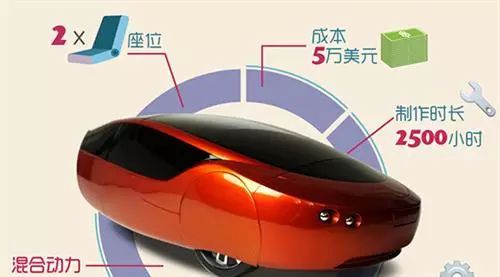
The world's first 3D printing car, the Urbane 2, was launched in 2013. It is a hybrid car with most parts coming from 3D printing. In addition to the chassis, powertrain and electronics, more than 50% of the Urbane 2 is printed from ABS plastic, which takes 2,500 hours.
In 2014, Local Motors built Strati with 3D printing technology. The car has only 40 components, except for powertrain, suspension, battery, tires, wheels, wiring, electric motors and windshields. In addition, the remaining parts, including the chassis, instrument panel, seat and body, were printed on a 3D printer using carbon fiber reinforced thermoplastics for a total printing time of only 44 hours. Strati's maximum speed can reach 40 miles per hour (about 64 kilometers per hour), and it can travel 120 to 150 miles (about 190 to 240 kilometers) on a single charge.
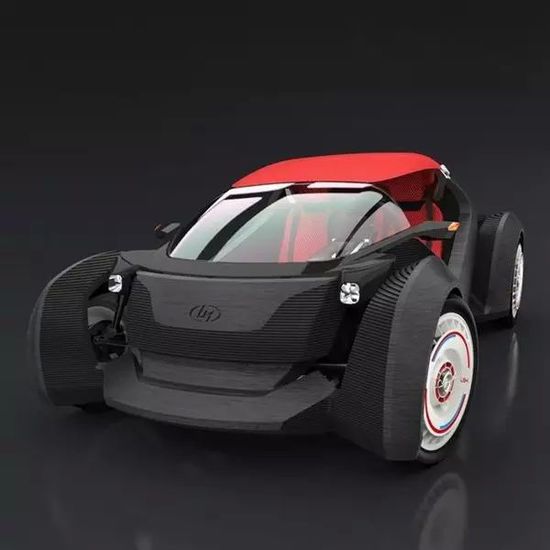
This year, EDAG brought a 3D printing concept car LightCocoon at the 2015 Geneva Motor Show. The new car shell weighs only 19 grams per square meter and is a quarter of an A4 paper. The car abandoned the design of the outer casing of the ordinary car, using 3D printing technology to create a strange shape, and its special materials not only have "bionics optimized body structure" and "weatherproof textile shell", but also light as dust. The new car is backlit and the design is inspired by the lines and veins of the leaves.
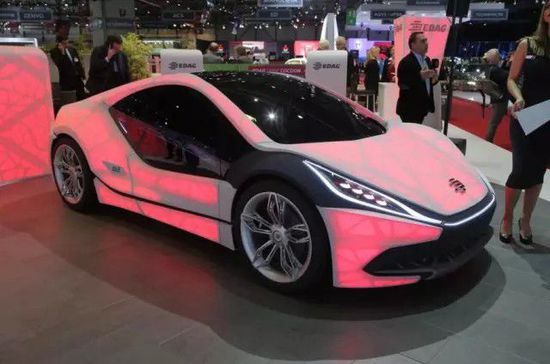
â—The advantages of 3D printing
Compared with traditional manufacturing CNC machining, such as "material reduction technology", the main charm of 3D printing technology is that it can directly generate any shape parts from computer graphics data, and can eliminate the development of complex structural metal parts. The mold link shortens the new product development cycle, saves more manpower, financial resources and time, and has obvious advantages such as low manufacturing cost, short development cycle and high production efficiency.
In addition, 3D printing technology can be used to verify the feasibility of product design errors, complex parts or prototype principles when designing the product assembly feasibility early.
Producing parts that are complex in shape, small in size, and difficult to manufacture are also the strengths of 3D printing technology! Based on its principle, 3D printing technology for high-volume production is not fast and expensive, but this technology stacks materials from scratch, and is not restricted by traditional processing methods, and can manufacture products of almost any shape. For example, a part with a complicated but very precise hole, or a hollow thin arm piece, the 3D printing process is faster than the conventional processing. Most importantly, 3D printing technology makes parts manufacturing no longer constrained by the process, but more depends on the idea, the more weird, the more traditional parts can not be processed, the more 3D printing technology The land of martial arts. In this process, compared to traditional processes, cost savings is also the biggest attraction for 3D printing to users.
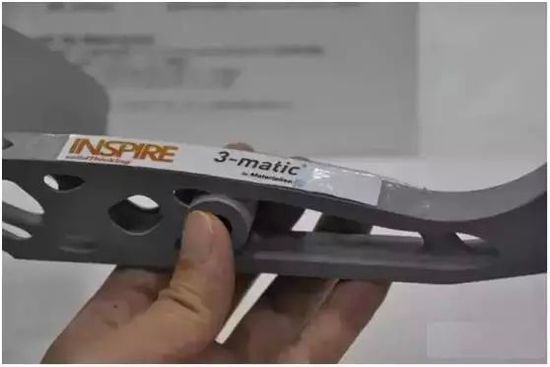
â— Current application
Compared with the traditional automobile manufacturing industry, the production capacity of 3D printing is still low, and it is difficult to mass-produce. In addition, due to the need to consider safety and other factors, raw material quality and cost factors are difficult to balance, resulting in excessive production costs of bicycles also restricts the commercialization of 3D vehicles at this stage.
At this stage, the application of 3D printing may be more suitable for the design field and the automobile development stage, as well as single-piece small-volume production, such as the sludge model of the whole vehicle, the development of parts such as the body, chassis, synchronizer, and rubber and plastic. One-piece production of parts.
In the design field, due to the rapid prototyping characteristics of 3D printing, automotive manufacturers can be applied to the development of automotive exterior design. Compared with the traditional hand-made sludge model, 3D printing can more accurately convert 3D design drawings into physical objects, and the time is shorter, improving the production efficiency of the automotive design level. Many automotive manufacturers have begun to use 3D printing technology in design, such as the Mercedes-Benz Design Center.
In the field of components, 3D printing technology can also quickly produce complex products. In the field of traditional automobile manufacturing, the development of automotive parts often requires long-term research and development and testing. It is also necessary to make part molds from the R&D to the test stage, which is not only long but also costly. Correcting parts also requires the same lengthy cycle when there is a problem. And 3D printing technology can quickly make complex parts. When there is a problem in the test, modify the 3D file and reprint it to test again. It can be said that 3D printing technology makes the development of future parts cheaper and more efficient.
â—3D printing combined with CNC
Although 3D printing technology has successfully simplified the traditional complex production process and programmed the difficult problems in the material field, as far as the current development is concerned, there are still some problems in how to extend the application of 3D printing technology. It is also subject to technical equipment, new materials, design software, quality and safety, and the public environment.
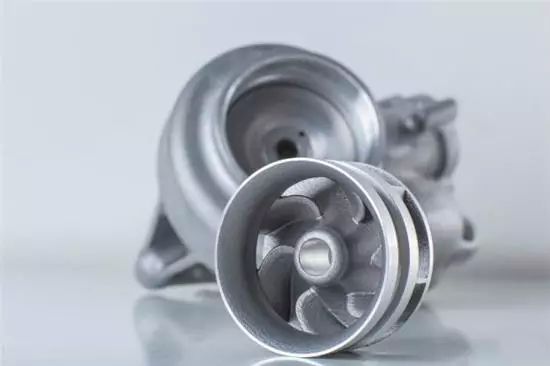
3D printing combined with CNC technology will be the future trend
(Editor)
Suizhou meters simi intelligent technology development co., LTD , https://www.msmsmart.com